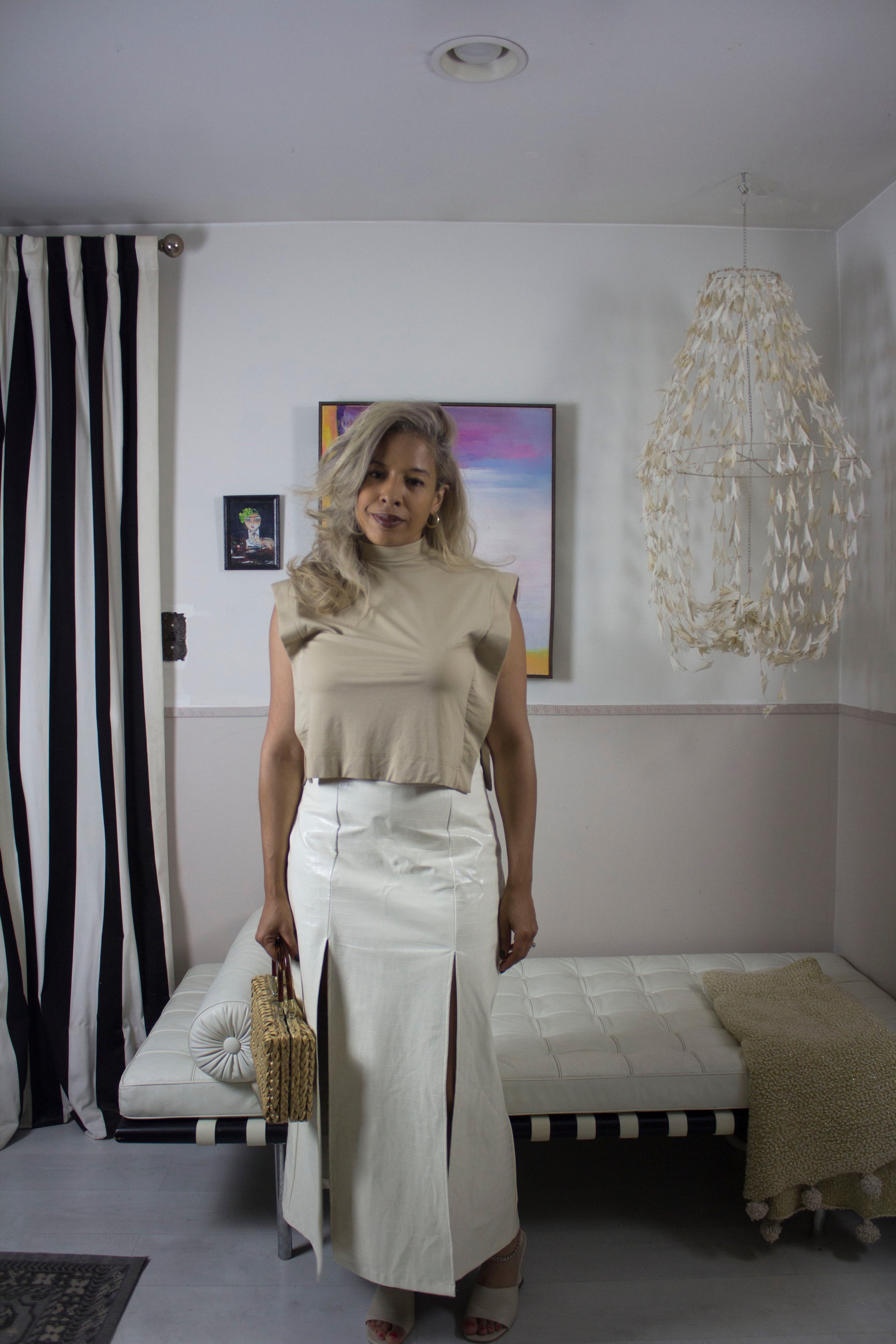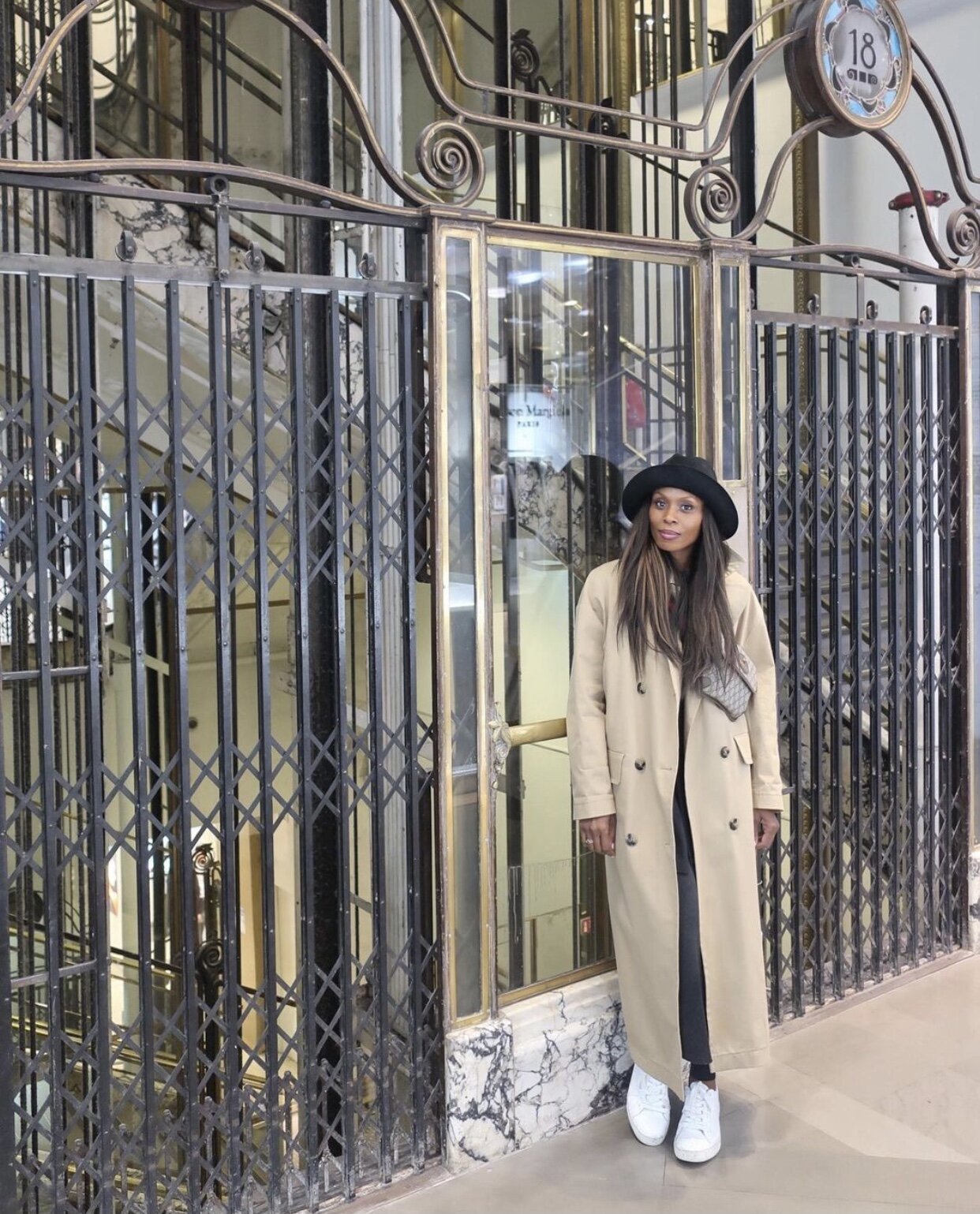Use Your Personality Style to Create the Perfect Outfit
/Of course we know there’s no such thing as perfect, but you can put together an outfit that’s perfect for you with increased self-awareness and a working understanding of your personality style. Personality is complex and beyond the scope of this little blog post; but for our purposes, you can break personality down into three major categories. They include the following areas:
Extroversion (get energy from being around other people; thought of as outgoing) to Introversion (get energy from alone time and thoughts; thought of as more reserved)
More conscientious (engaged and attentive) to less conscientiousness (more laid-back and carefree)
More open to experience (take risks and are psychologically flexible) to less openness to experience (more comfortable with the tried-and-true or what’s familiar)
Keep in mind that simplified personality tests which place us neatly into either of these three categories are only meant to be a starting point. We usually fall somewhere along the continuum of these and other personality components. But for the sake of picking outfits, these will do for now.
According to research in the Frontiers in Psychology journal, personality traits, body image, and clothing choices are related. So let’s break down some of the research results.
Women who were extroverted with an openness to experience preferred an “urban style” of dress (i.e., more eclectic and playful). They were creative and unconventional and preferred fashion brands perceived as “cool”, “exciting”, and “adventurous.” Those who were more conscientious tended to be self-assured and individualistic in their fashion choices. And women with all the above personality types were less likely to feel the need to camouflage their bodies, possibly feeling sufficiently unbothered by body ideal pressures.
On the other hand, those women who were more introverted with a low openness to experience and a desire to try to camouflage (related to poor body image) favored a minimalist style (jeans and a t-shirt).
While the research results do not account for every aspect of personality, we can extrapolate from these findings. Essentially, the better women felt about their bodies, the more likely they were to use clothes for self-expression and enjoyment. And those who did not attempt to camouflage their bodies, presented with a more positive body-image. They also had a tendency to be more extroverted, conscientious, and open to experience.
This does not mean these personality traits cause you to feel better about your body. Rather, it means that the presence of these personality traits along with more self-assurance may allow you to feel freer to express yourself without feeling the need to hide away.
So whatever personality style you have, with a positive body image, you can create outfits that support it without feeling a need to make yourself smaller. I’ve put together some outfit choices for different personality traits that of course can be worn by anyone looking to express or enhance their positive body image. Note that I have taken some creative liberties and it’s not an exhaustive list of possibilities. It’s only meant to get you started.
Outfit 1
Personality type: extrovert, openness to experience, conscientious
Dress explanation: a sparkly red dress and sparkly shoes are attention-grabbing, and capture the extroverted spirited as well as a willingness to try something new. The white shirt and tie is characteristic of the organized, detail-oriented (aka conscientious) among us.
Outfit 2
Personality types: introvert, open to experience, less conscientious
Dress explanation: the neutral color scheme reflects a calming, introverted vibe. The modern cuts suggest an openness to experience, and the mules are laid-back, similar to someone lower in conscientiousness.
Outfit 3
Personality: extrovert, less open to experience, more conscientious
Dress explanation: an all pink outfit grabs attention for a more extroverted vibe. The matchy-matchy look is perfect for someone who likes to stick with the tried-and-true, and details such as ankle ties on the shoes show glimpses of conscientiousness.
Do any of these styles fit your personality type?



















































